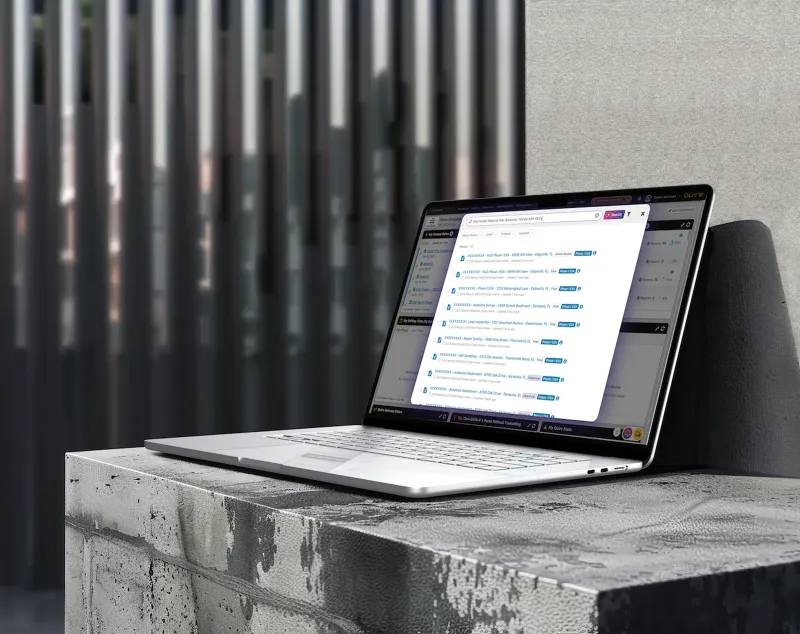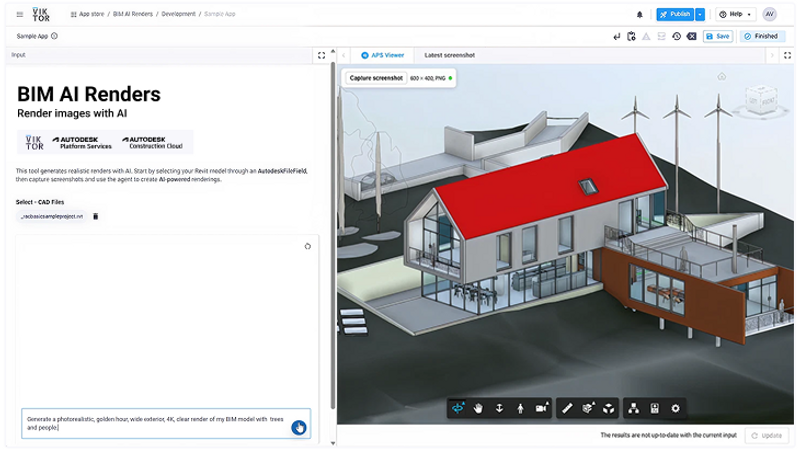NFT’s Speculative Applications in the Architecture & Construction Industry

aec+tech hosted an event in Clubhouse discussing the speculative future and effect of NFT’s within the AEC industry. The three guest speakers who shared their insights and experience on the topic were: Galo Canizares, Ricardo J Rodriguez, John Egon and the panel was moderated by Niknaz Aftahi.
NFT stands for Non-Fungible Token, and they are digital files ranging from a piece of digital art, a song track, a video clip, or an architectural rendering. NFT’s are available for sale on a digital transaction ledger known as the blockchain, where NFT’s can be minted, bought, and sold using cryptocurrency. The NFT is a one-of-a-kind piece of code, stored and protected on a shared public exchange. Every NFT is a unique digital version of a certificate of authenticity and has a different value — unlike how each instance of bitcoin has the same value at a given time. Some investors are betting big on the NFT marketplace and NFT art, predicting their value will soar. Others are buying NFTs for publicity, bragging rights, or just to join a new growing community.

Galo is a designer, writer & educator at Texas Tech University. His work is the intersection between architecture & digital art; he is interested in exploring the influences of software on the architecture practice. Galo has been learning and experimenting with NFTs for about two months. He believes that the value of digital art has been overlooked, and now with the increasingly lucrative NFT market & popularity, there seems to be more attention paid to the actual value of digital artwork.
Galo has pioneered his way into the NFT realm, minting the digital drawings & 3D model from a building he recently designed with his partner Stephanie Sang Delgado- minting is how your digital artwork becomes a part of the blockchain — This has been one of the first, if not the first, complete house designs available for purchase as a Non-Fungible Token. Galo and his partner spent 12 hours on a weekend making the model. They sold the design documentation drawings for $400, as well as the right for the owner to modify the design. The drawings are labeled, “not for construction.” This all means architects can now be the owners of every phase of their design process and set up their own agreements. NFT allows creators to cement such agreements.


John is the CEO and founder at BIMLauncher, and co-founder at aecHive community. He has started his cryptocurrency journey in the last eight weeks, even though he knew about it for the last six years. John sees the potential of each cryptocurrency impacting the build environment, specifically as he has come to learn about the impressive utility of blockchain technology applications during his research. He has identified how NFT is currently changing the concept of ownership for digital assets and is now setting his eyes on how this could be applied to our physical world — our built environment. He sees a path of resistance to digitizing building deeds via NFT, but not too great of resistance to ignore the opportunity. John’s future is one where our built environment is traded on the same exchanges that he currently trades his cryptocurrency on, and recently wrote a very interesting article on the possibility of NFT disrupting the AEC industry on aecHive called: “Welcoming NFT to our Built Environment — AEC Disruption, At last?”
Ricardo is the global virtual design and construction tech advisor at the MBCC Group, and a AIA National Strategic Councilor. He believes that NFT is opening up a whole world of opportunities for the architecture, engineering & construction industries. Though an initial use case might be in contract document authentication, it has applications in real estate speculation, deeds, pro forma’s, and crowd funded development. An important note, as with all “tech hypes”, is that there are typically two waves or curves. The initial push is a “land grab” where you in essence are betting on what would be the prevalent use case will be. This is what we are seeing with crypto art. Then there’s usually a drop in market confidence, after which a second wave emerges where the accepted use and productivity of the tech is available to general consumers.
Recent Articles
Learn about the latest architecture software, engineering automation tools, & construction technologies

Pioneering Technical Report Management (TRM™) for AEC Firms: A Quire Deep Dive
Learn how Quire founder Kelly Stratton is reinventing technical reporting in our latest aec+tech interview, where its purpose-built TRM™ platform, WordBank-powered standardization, AI-driven Smart Search, quality control, and the Lazarus knowledge engine come together to help AEC, environmental, and CRE teams cut reporting time and errors while unlocking their institutional expertise.

Moving to the Cloud: Egnyte’s Staged Approach for Architecture Firms
As projects grow, AEC firms are rethinking data management and collaboration. This article outlines Egnyte’s six-stage Architecture Cloud Journey—a practical roadmap for moving from on-premise systems to secure, collaborative cloud environments. From assessment to continuous improvement, it shows how to streamline workflows, strengthen security, and future-proof with AI-ready infrastructure.

SaaS Founders: Are You Timing Your GTM Right?
This article was written by Frank Schuyer, who brings firsthand experience as a founder in the software and SaaS world. In this piece, he explores how founders can unlock faster growth and stronger market traction by integrating go-to-market strategy (GTM) from the very beginning of product development—rather than treating it as an afterthought.

The VIKTOR App Builder: Putting Automation into Every Engineer's Hands
The VIKTOR App Builder is changing how engineers automate their work. Built on VIKTOR’s secure, enterprise-ready platform, it lets users turn calculations, checks, and post-processing tasks into shareable browser-based apps—no coding required. In this interview, CPO Stijn Jansen explains why the team created it, how it bridges no-code, low-code, and full-code workflows, and what it means for the future of AI-assisted engineering.